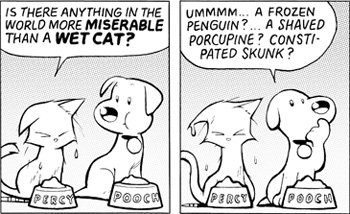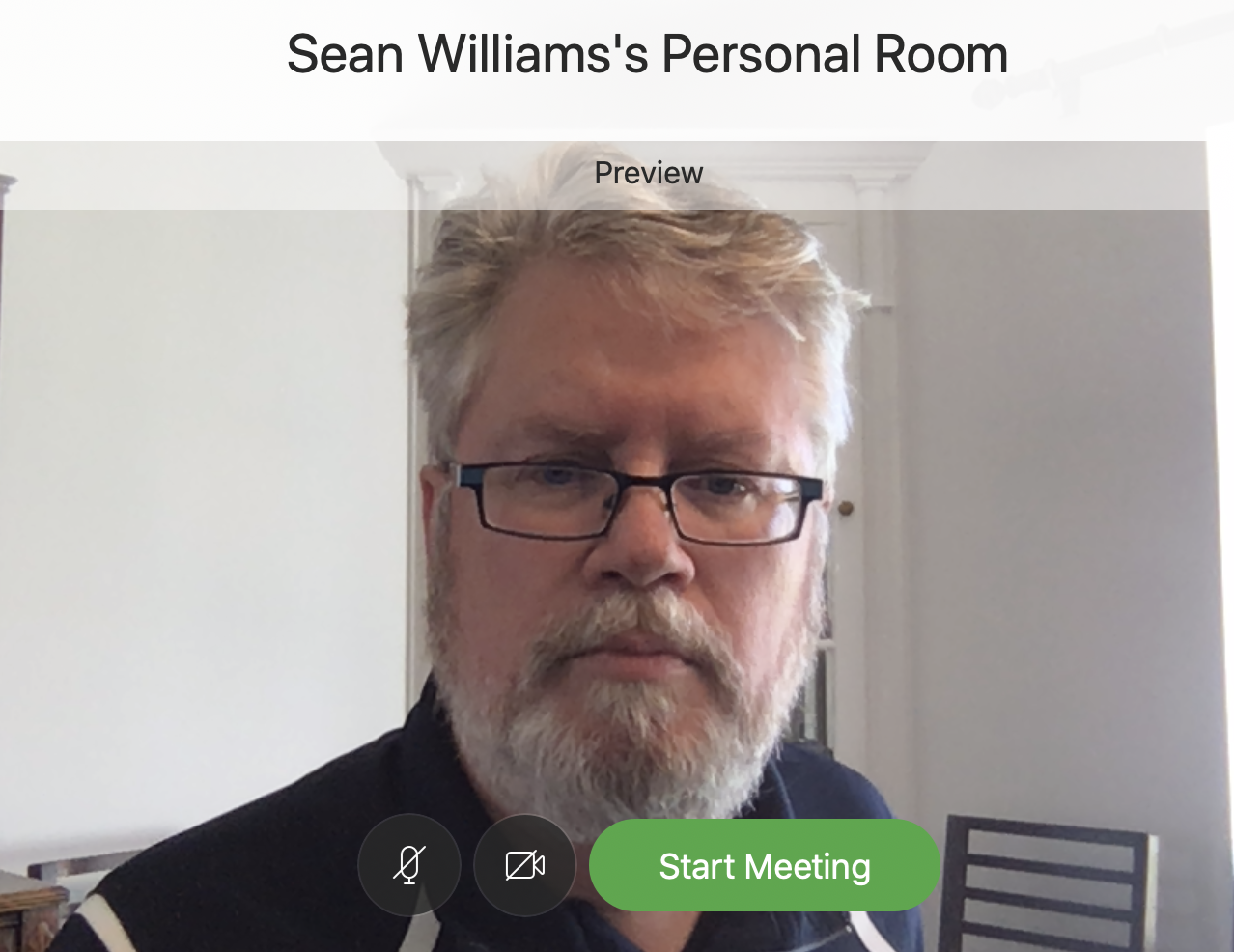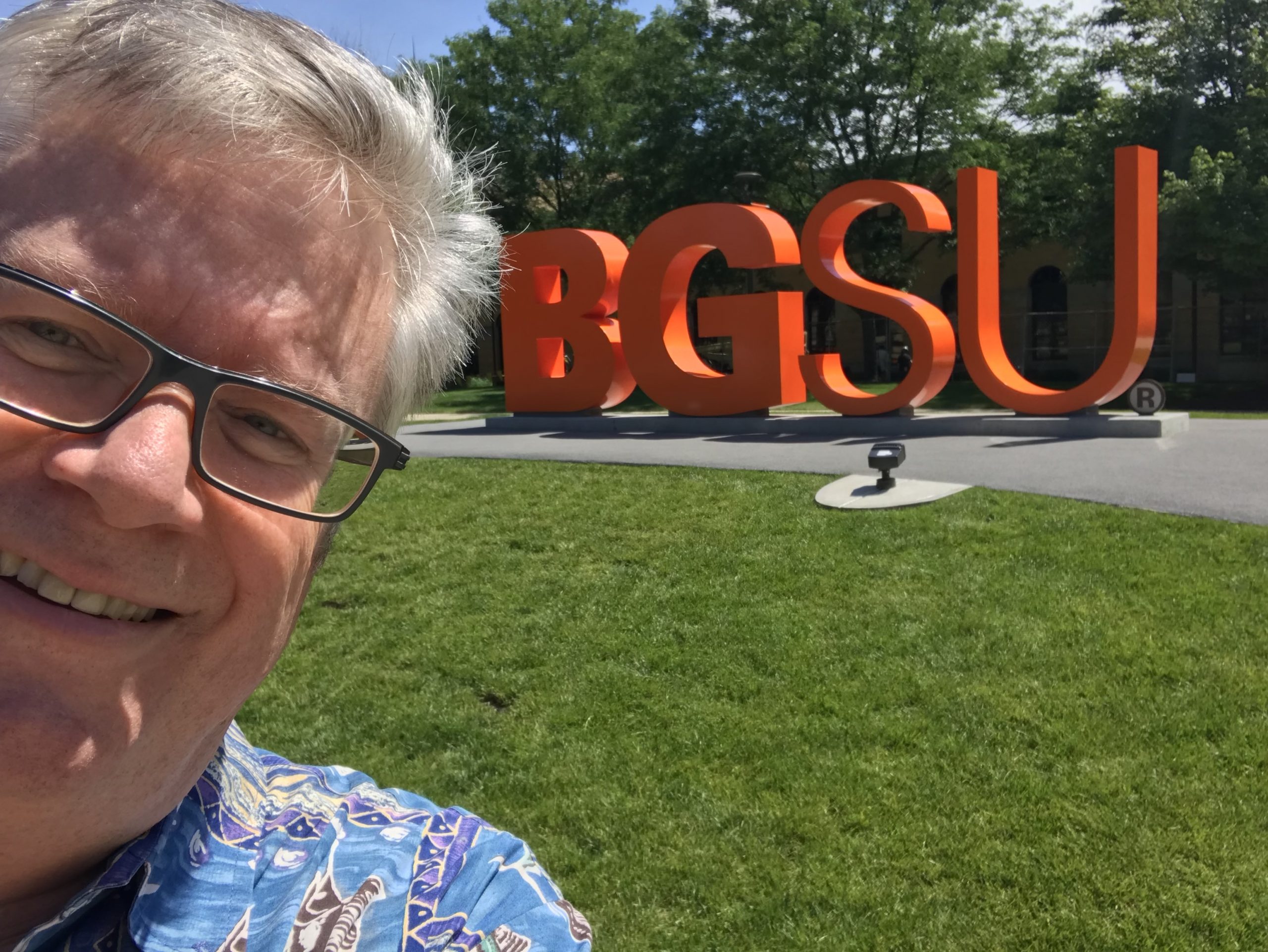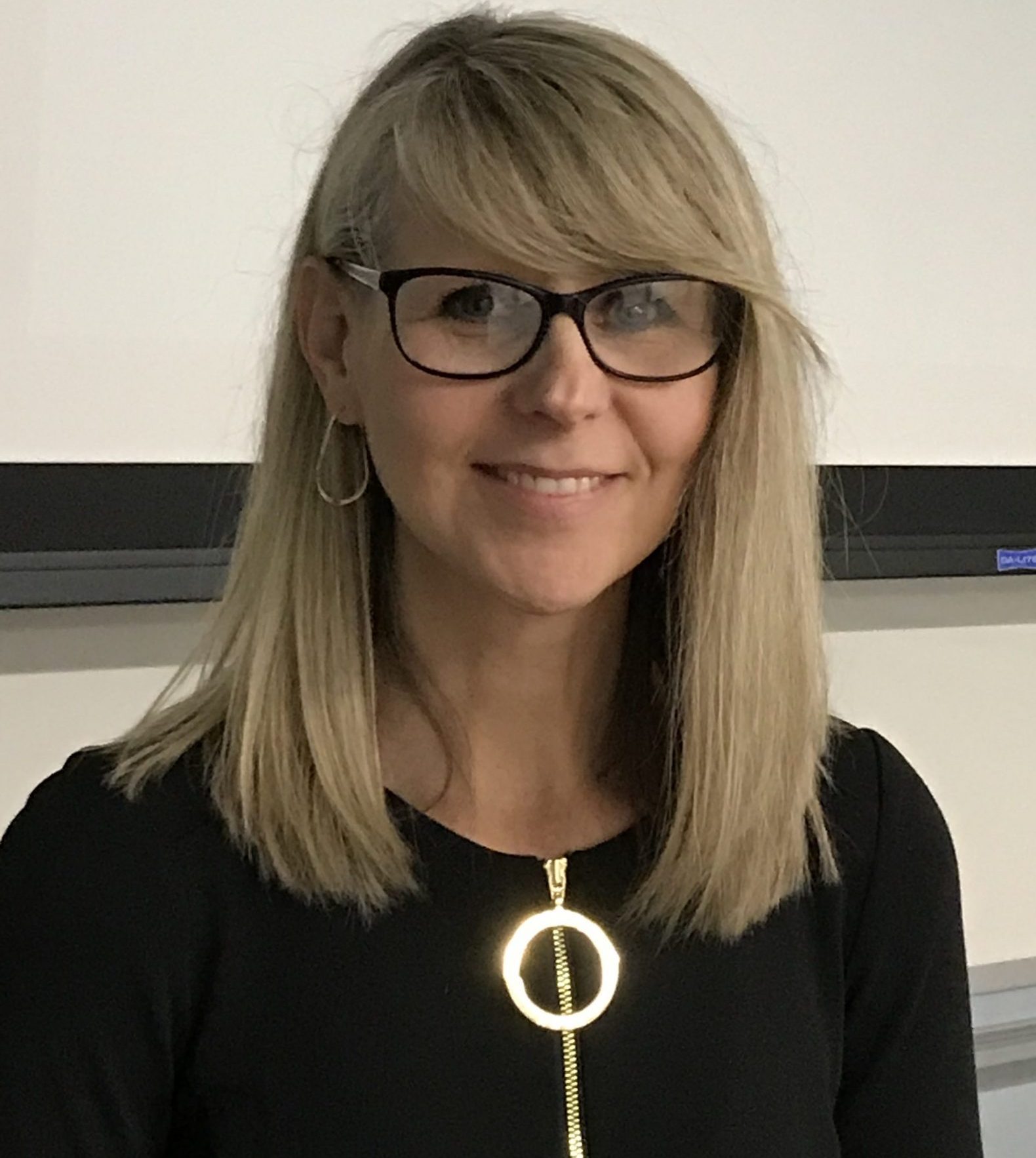
I’m teaching Media and Communication 6550 this summer, Organizational Communication. Having spent nearly my whole career in that field, I anticipated that it would be a walk in the park.
This is the third time I’ve taught the course; the first two were last fall, one online and one conventionally. The 15-week semester of then, however, is NOT the six-week sprint we are in now!
In a whole regular semester, we use a textbook. For summer, it’s a selection of journal articles. There’s a team project for the former and a final paper for the latter. There are DEEP details we can get into and discuss in the longer version. For summer, we leave aside a fair amount of theory beyond a few critical items, and try to get to applying those key theories as quickly as possible.
I’m a pretty good online lecturer; I break longish stuff into many parts, am an “animated” speaker who’s very well aware of the need to perform online, and try always to impart a passion and excitement for the material.
Whew.
This one is tough!
So far, the students are hanging in there. The reading is demanding, the online discussion assignments are challenging, and the lack of synchronous communication means you have to save up your questions and formally ask me via email. Can’t be easy! We have nearly 30 in class, and it’s a mad dash.
Short version: We contrast classical management theories from Fayol, Weber and Taylor with more modern paradigms, focusing on the communication impacts and issues of those managerial ideas. And this week, we look at a few important 21st century developments (like the communicative constitution of organizations (CCO) theory).
I wish I had known this material at Goodyear and KeyCorp!
A quick overview of the graphic above… One of the central concepts of OrgComm is the idea that an organization isn’t a “container” full of communication activity. The communication is actually helping to structure, support and change the organization itself. Anne Nicotera wrote that it was an O1, O2, O3 arrangement – organizING, OrganiZED and OrganiZATION. That is, the communication actions are creating the needed structures for the firm in real time, leading to a state of being organized and thus supporting the entity of an organization.
That self-structuring activity is how teams and sub-teams get built and discarded, how the rules for discourse get made and abandoned. Institutional positioning among various stakeholders is also a reflection of that structuring, as are the processes by which people join, stay and leave the firm. Without the communication activity, these processes don’t happen, or don’t happen as well.
Stay tuned. I’ll share some more on this class as we go along.
Sean is also marketing the BGSU Online Master’s in Strategic Communication program for the balance of summer semester. Find the details here. Want to do some visual learning? Here’s a webinar that outlines the program in more detail.


 Part of my job is coordinating
Part of my job is coordinating  I’ve taught more online than off. From the start of the portion of my career in “academic” pursuits at Kent State University, it was mainly online with some sprinkling of in-person maybe one semester every couple of years.
I’ve taught more online than off. From the start of the portion of my career in “academic” pursuits at Kent State University, it was mainly online with some sprinkling of in-person maybe one semester every couple of years.  Yep.
Yep.
 Some of this content was what one might term “technical.” How to use the collaboration tools in Canvas, how to build courses, how to make use of online tools and flexible classroom arrangements to improve student experience and learning, and the like. The latest of these was a course in Effective and Dynamic Lecture Slides, taught by the head of
Some of this content was what one might term “technical.” How to use the collaboration tools in Canvas, how to build courses, how to make use of online tools and flexible classroom arrangements to improve student experience and learning, and the like. The latest of these was a course in Effective and Dynamic Lecture Slides, taught by the head of  Maybe you’ve been thinking about it for a while. Going back to school. You’re in your third job after college, and wondering how to differentiate yourself for promotion, or your next job. Perhaps you’ve been working with people with advanced degrees, and you’re feeling a little less brilliant. Or maybe it’s wanting to better understand the ‘why?’ that comes with the work.
Maybe you’ve been thinking about it for a while. Going back to school. You’re in your third job after college, and wondering how to differentiate yourself for promotion, or your next job. Perhaps you’ve been working with people with advanced degrees, and you’re feeling a little less brilliant. Or maybe it’s wanting to better understand the ‘why?’ that comes with the work.
